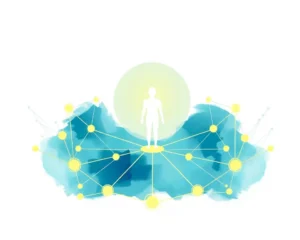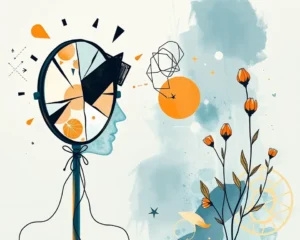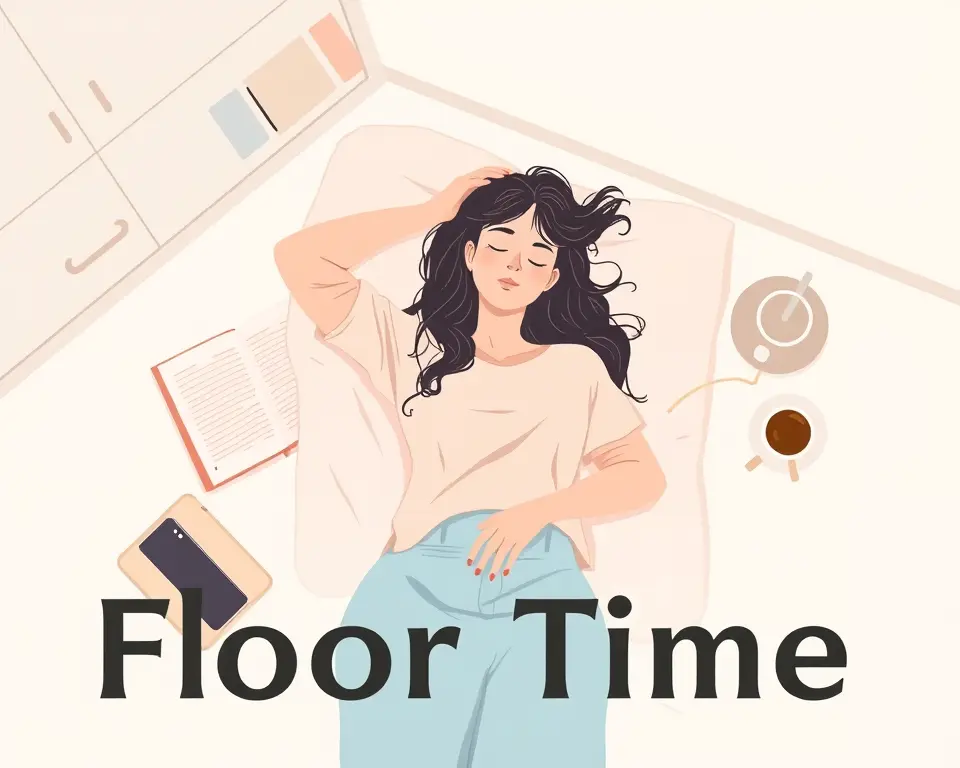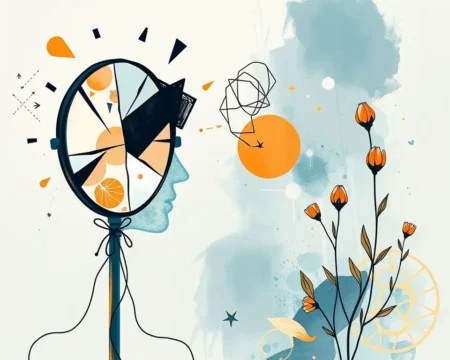TikTok, the social media platform known for viral dances and quirky trends, has introduced a surprising new phenomenon: “floor time.” No, it’s not about cleaning your floors. It involves simply lying on the floor. This trend, marked by the hashtag #FloorTime, has users touting its unexpected benefits for mental well-being. But can simply lying on the floor really improve your mental health? Experts weigh in on this unusual, yet potentially beneficial, practice.
What Exactly is “Floor Time?”
At its core, “floor time” is precisely what it sounds like: dedicating time to lie on the floor. TikTok users describe it as a means to decompress, unwind after a hectic day, or simply slow down amidst a stimulating environment. This trend appears to be gaining momentum as a countermeasure to our fast-paced, hyper-connected lifestyles. Unlike other wellness trends that require effort, “floor time” only requires stillness.
Yara Kamal, a yoga teacher and the founder/CEO of Scoria, compares floor time to savasana, the final resting pose in yoga. Kamal explains that savasana aids the body and mind in fully absorbing the benefits of the yoga practice.
5 Unexpected Mental Health Benefits of “Floor Time”
While it may seem too simple to be effective, spending time on the floor—whether sprawled out in silence or curled up with a cozy blanket—can have profound psychological and physical benefits.
1. Stress and Anxiety Reduction
One of the primary reasons “floor time” is gaining traction on TikTok is its calming effect on the nervous system. Lying on the ground can activate the parasympathetic nervous system, which helps shift the body into “rest and digest” mode. This, in turn, lowers cortisol levels (the stress hormone) and fosters a sense of calm. Many users report feeling more relaxed after just a few minutes.
2. Enhanced Grounding and Mindfulness
“Floor time” can be a powerful grounding technique, which explains its calming effect. When the body is in full contact with the floor, awareness of the points of contact naturally increases. This heightened awareness deepens the connection to the breath, body, and the present moment. Many TikTok users report feeling more “connected” to their surroundings, experiencing a physical “reset button” for their emotions. Lying still on the floor can be a simple form of mindfulness.
3. Muscle Tension Relief
Many people unknowingly carry stress in their muscles. “Floor time” aids in relaxing the entire body by allowing muscles to decompress naturally. Lying on a flat surface allows gravity to release built-up tension, particularly in the neck, shoulders, and lower back. Combining it with deep breathing or gentle stretching may provide even more relief.
4. Deeper Breathing
Lying flat facilitates deeper, more efficient breathing by opening up the chest and diaphragm. Slouching in a chair restricts lung expansion, leading to shallow breathing. Many “floor time” practitioners on TikTok report feeling an immediate difference in their breath, resulting in a calmer and more refreshed state.
5. Mood and Emotional Well-being Boost
By reducing stress, “floor time” can improve overall mood. TikTok users often describe feeling lighter and more at peace after spending a few minutes on the floor. The practice encourages slowing down and taking a break from overstimulation, which can be highly beneficial for mental health. Additionally, some individuals find that lying on the floor evokes unexpected emotions, such as nostalgia, relief, or even tears. This may be because “floor time” creates a safe space to release tension, both physically and emotionally, potentially serving as a mini-therapy session.
Floor Time vs. DIR/Floortime
It’s important to distinguish between the TikTok trend of “floor time” and DIR/Floortime, a therapeutic approach often used with children with autism and other developmental differences. While both involve spending time on the floor, their purposes and methods differ significantly.
DIR/Floortime is a relationship-based therapy that aims to promote an individual’s development through a respectful, playful, and engaging process. It utilizes the power of relationships and human connection to encourage the development of skills such as self-regulation, engagement, communication, and creative thinking. In DIR/Floortime, therapists and parents engage children through activities the child enjoys, following the child’s lead and building on their strengths. While DIR/Floortime is typically used with children, the DIR model can be useful for supporting the growth of adolescents and adults as well.
The TikTok “floor time” trend, on the other hand, is primarily focused on relaxation, stress reduction, and mindfulness. It doesn’t necessarily involve interaction with others or specific therapeutic goals, but rather a personal practice of resting on the floor to promote mental and physical well-being.
Incorporating “Floor Time” Into Your Routine
Integrating “floor time” into your daily routine is simple and requires no special equipment. Here are a few tips:
- Find a comfortable spot: Choose a quiet space where you can lie down without distractions. This could be your bedroom, living room, or even outdoors on a blanket.
- Set a timer: Start with just 5-10 minutes and gradually increase the duration as you become more comfortable.
- Focus on your breath: Pay attention to your breath as you lie on the floor. Notice the rise and fall of your chest or abdomen.
- Relax your muscles: Consciously relax each part of your body, starting with your toes and working your way up to your head.
- Practice body scanning: Mentally check in with different areas of your body to release tension and increase awareness.
- Listen to calming music: If you find it helpful, play soft, instrumental music or nature sounds to enhance relaxation.
- Use props: A blanket, pillow, or eye mask can help you feel more comfortable and block out distractions.
The Science Behind the Trend
While “floor time” may seem like a novel concept, its benefits are rooted in established principles of mindfulness, relaxation, and body awareness. Lying on the floor can promote a sense of grounding, which is a psychological technique that helps connect you to the present moment. Grounding exercises are often used to manage anxiety and stress by bringing your attention to your physical sensations and surroundings.
Additionally, “floor time” can facilitate proprioception, your body’s awareness of its position in space. By lying on the floor, you become more aware of your body’s alignment and can identify areas of tension or discomfort. This awareness can help you make adjustments to improve your posture and reduce muscle strain.
Potential Drawbacks
While “floor time” is generally safe and beneficial, there are a few potential drawbacks to consider:
- Discomfort: Some individuals may find it uncomfortable to lie on the floor for extended periods, especially if they have back pain or other physical limitations.
- Boredom: If you’re not used to being still, you may find “floor time” boring or difficult to maintain.
- Emotional discomfort: As mentioned earlier, “floor time” can sometimes bring up unexpected emotions, which can be challenging to process.
If you experience any of these drawbacks, it’s important to listen to your body and adjust the practice accordingly. You can try using props to make yourself more comfortable, shortening the duration of your sessions, or seeking guidance from a therapist or yoga instructor.
Is “Floor Time” Right for You?
“Floor time” is a simple, accessible, and potentially effective way to improve your mental and physical well-being. If you’re feeling stressed, anxious, or overwhelmed, consider giving it a try. Whether you spend five minutes or an hour on the floor, you may be surprised by the positive impact it can have on your mood and overall sense of well-being. Just remember to listen to your body, be patient with yourself, and enjoy the process of slowing down and connecting with the present moment.
As the trend continues to gain momentum, “floor time” may become a mainstream self-care practice, offering a much-needed respite from the demands of modern life.










